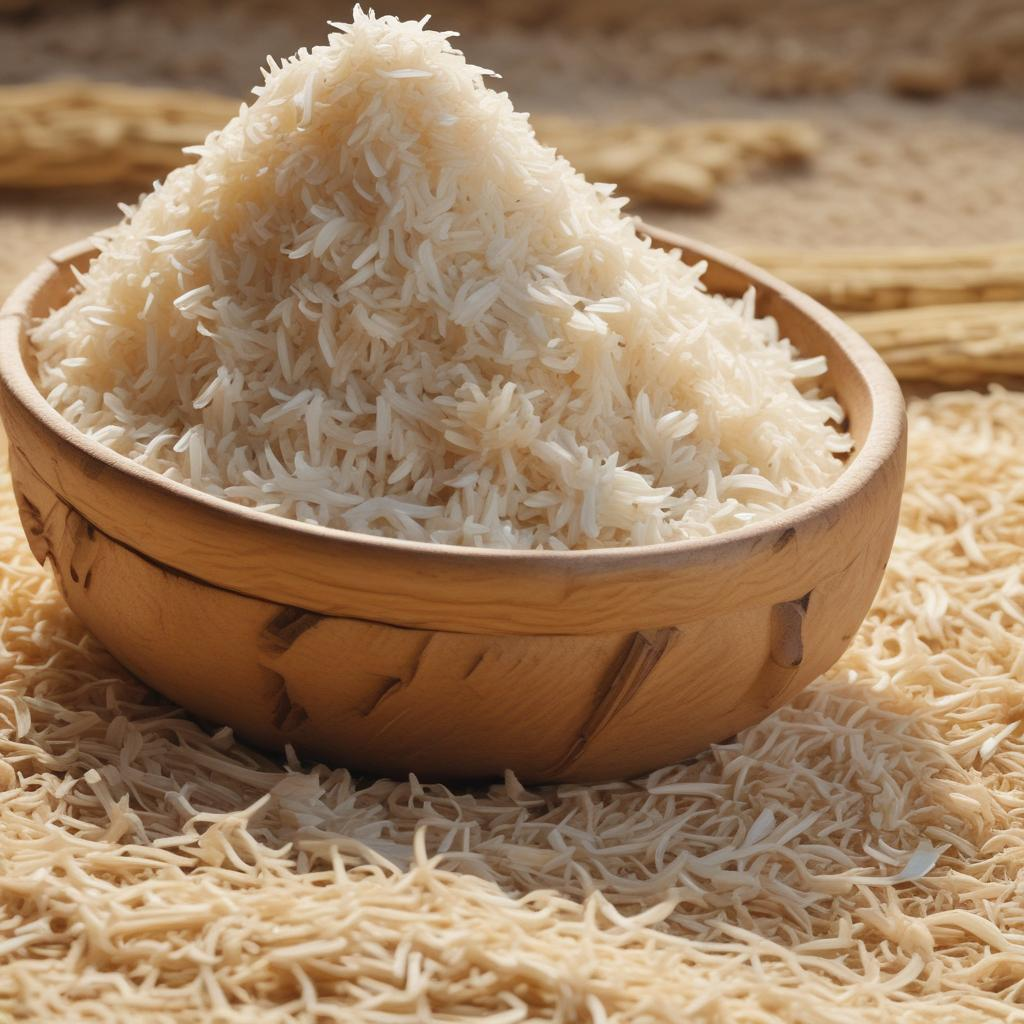Introduction to Basmati Rice
Basmati rice, known for its distinctive aromatic fragrance, long grain, and fluffy texture when cooked, is a staple in South Asian cuisine and is enjoyed worldwide. The cultivation and processing of basmati rice are as unique as its flavor and texture. This article will guide you through the journey of basmati rice from field to table, detailing each step involved in bringing this exquisite variety to your dining experience.

Cultivation of Basmati Rice
1. Selection of Seed
Quality basmati rice begins with the selection of the right seeds. Farmers typically select high-quality, disease-free seeds that are known for producing the best aromatic rice. These seeds are procured from certified suppliers to ensure consistency in the rice's flavor and texture.
2. Preparing the Field
Basmati rice is generally grown in regions that have a combination of flat land and fertile soil, typically found in India and Pakistan. Before sowing, farmers prepare the land through ploughing, levelling, and sometimes, applying organic manure to enrich the soil. This preparation is crucial for proper water management, which is key to the growth of rice.
3. Planting
Planting basmati rice usually occurs at the beginning of the monsoon season. The seeds are either sown directly into the field or germinated into young plants and then transplanted. Transplantation helps to maintain planting distance and density which are important for optimal growth.
4. Water Management
Basmati rice requires careful water management. Fields are usually flooded with a shallow layer of water which is maintained during the initial growth phases. This method helps prevent the growth of weeds and ensures the soil remains moist but not waterlogged, supporting the delicate roots of the rice plants.
5. Application of Fertilizers
Organic fertilizers are commonly used in basmati rice farming to maintain soil fertility and to reduce the environmental footprint. These natural fertilizers help maintain the soil's nutrient balance, which is essential for the growth of high-quality basmati rice.
Harvesting Basmati Rice
1. Monitoring Maturity
The timing of harvest is critical to ensure the quality of basmati rice. Farmers carefully monitor the maturity of the crop, looking for a golden hue in the paddies and a certain dryness in the plants. This usually takes place about 140 days after planting.
3. Post-Harvest Processing
Immediately after harvesting, the rice is threshed to separate the grains from the stalks and then winnowed to remove the husks. This process is crucial as it directly impacts the purity and quality of the rice.
4. Drying
After threshing and winnowing, the rice grains are spread out to dry in the sun. Proper drying reduces the moisture content of the rice to about 12%, which is ideal for storage and further processing.
5. Milling
Basmati rice undergoes a milling process where the hull and bran are removed to produce white rice. Sometimes, the rice is only semi-milled, retaining some layers of bran, which is known as brown basmati rice. Both types undergo polishing that enhances their texture and appearance.
Storage and Aging
1. Aging Process
One of the unique aspects of basmati rice is its aging process. After milling, basmati rice is stored under specific conditions for several months to several years. This aging process enhances the grain's flavor, aroma, and cooking characteristics, making it distinct from other rice varieties.
2. Proper Storage Conditions
Cooking Basmati Rice
- Rinsing:
Conclusion
From the careful selection of seeds to the detailed process of aging and cooking, each step in the journey of basmati rice from field to table is crucial. It is this meticulous process that gives basmati rice its unique characteristics, distinguishing it from other rice varieties and making it a beloved ingredient in kitchens around the globe.


.jpg)




.jpg)



.png)

0 Comments